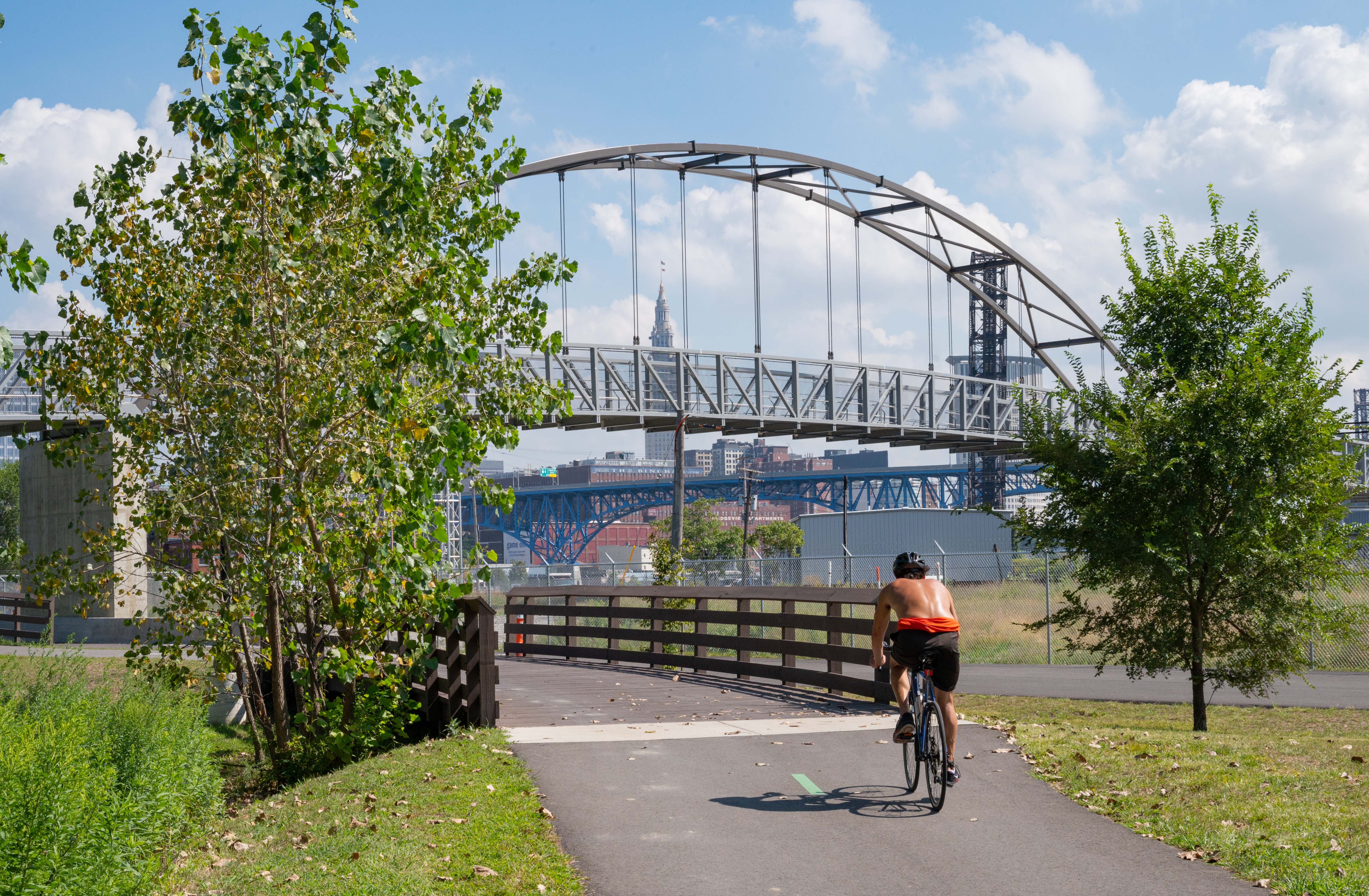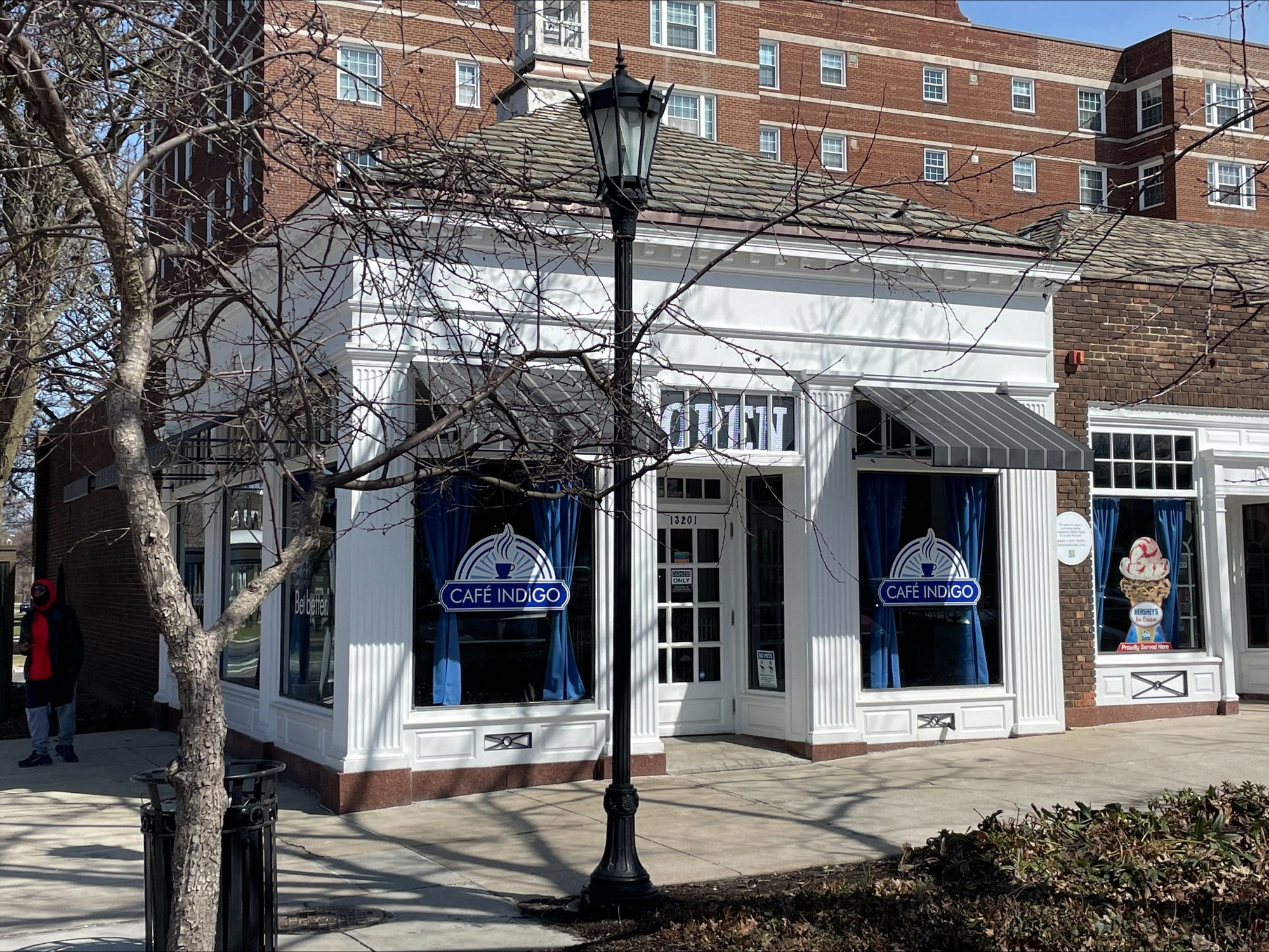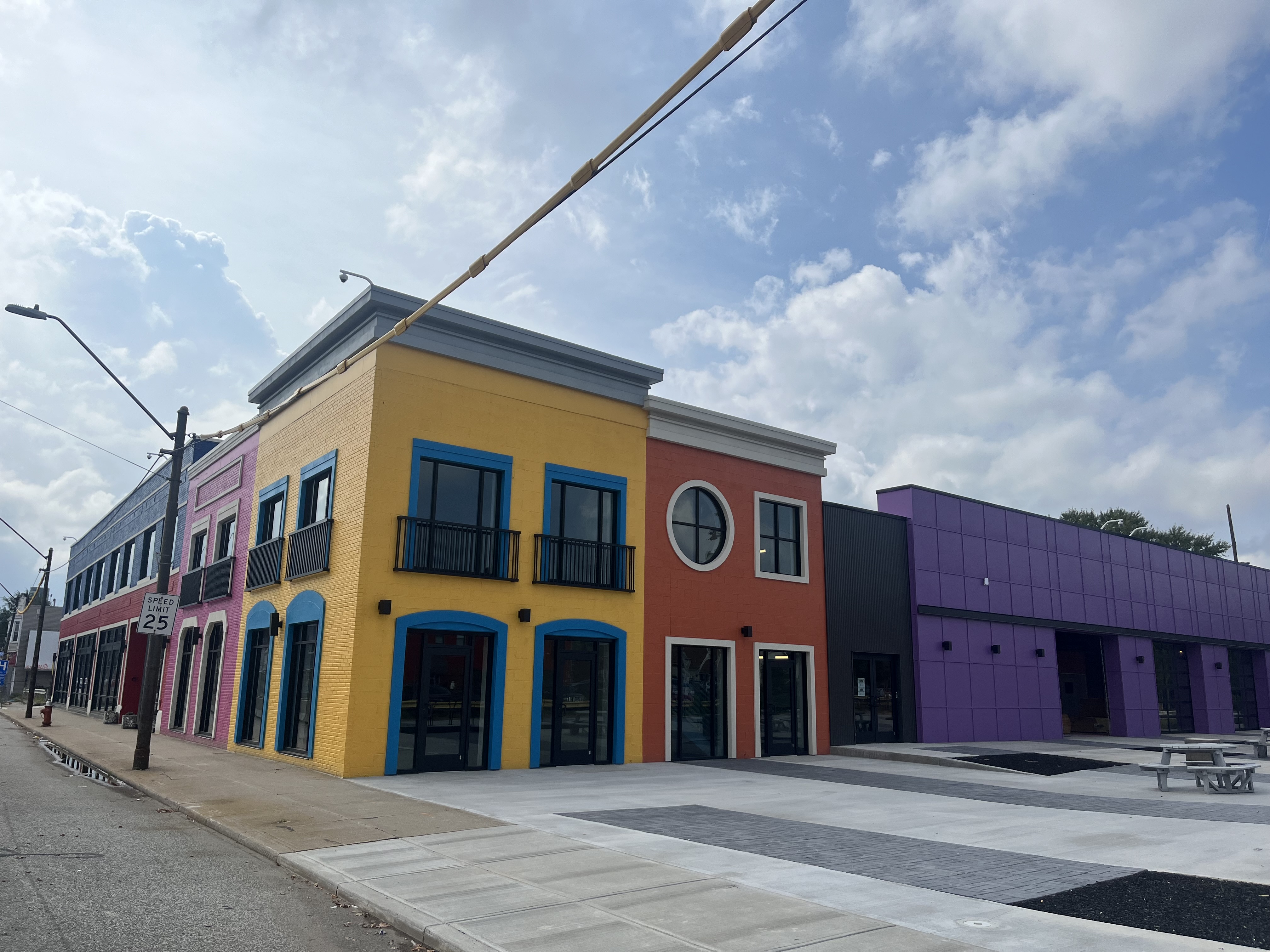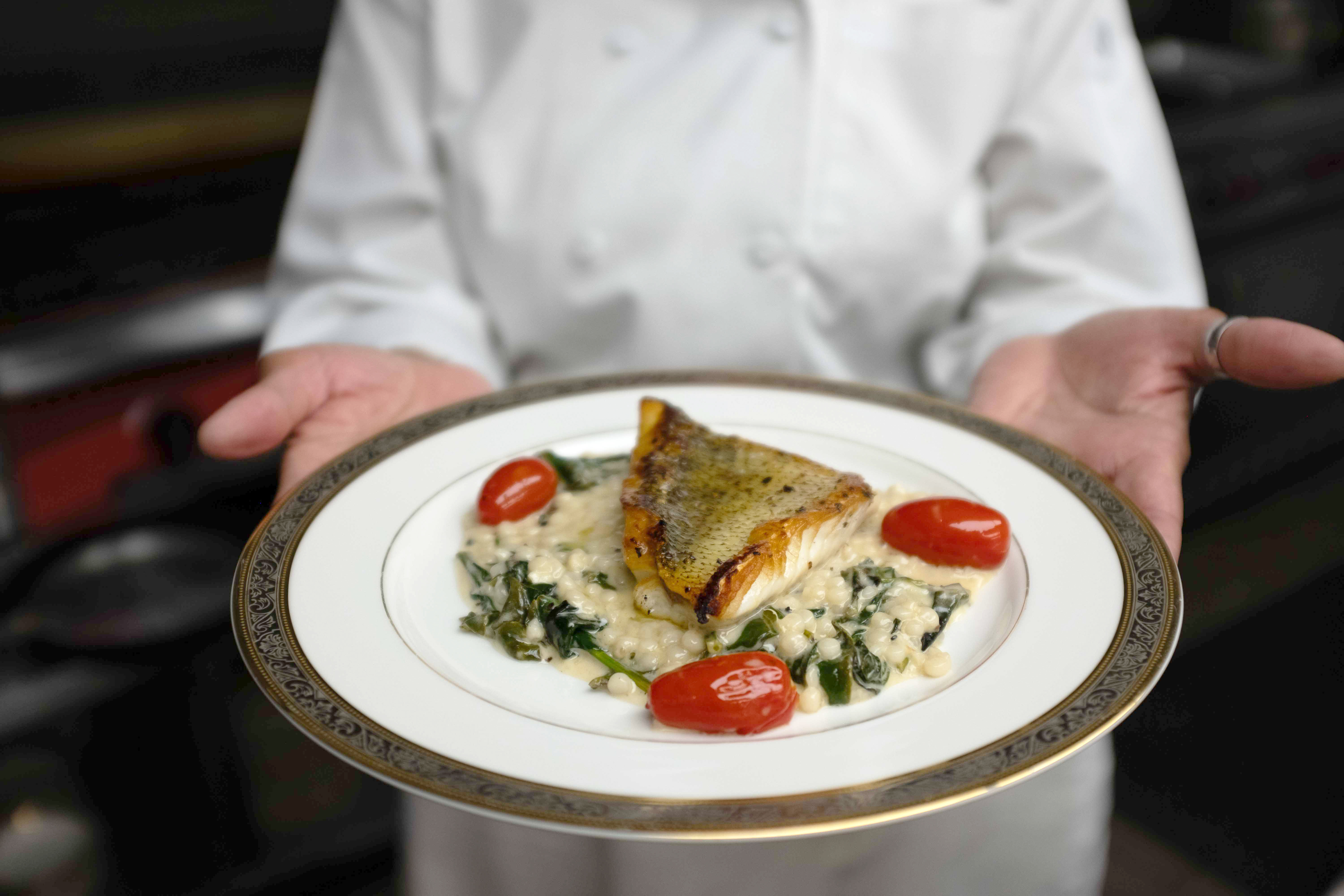Reimagining Cleveland's Urban Core and Shores
Discover the city's dedication to fueling Downtown's energetic spirit and supporting the influx of workers returning, visitors exploring and residents moving in. By Kristen Hampshire — Partnership Content
by Kristen Hampshire — Partnership Content | Jun. 27, 2024 | 4:00 AM

Courtesy Bedrock, K&D and Downtown Cleveland
Storefronts are waking up with lively enterprise — engaging public space, pop-ups and places to dine, get fit, convene, buy the basics and more. Pedestrian foot traffic is projected to exceed pre-pandemic levels by the end of the year, and visitors have already returned in full force.
There’s an air of confidence.
From streetscape enhancements to successful safety interventions, the Downtown experience is energetic and growing contagious with an influx of workers returning, visitors exploring and residents moving in. There’s a comprehensive retail strategy in play and diverse housing opening doors to residents who are finding what they want Downtown: a true community.
One year ago, Downtown Cleveland with the City of Cleveland and civic partners launched a plan to reimagine Downtown Cleveland as an 18-hour, 15-minute neighborhood that weaves districts and surrounding neighborhoods into a seamless urban fabric.
It picks up on a 10-year transformation that led to a 32% population growth and 14% increase in private sector jobs in the city center, including converting more than 5 million square feet of underutilized space in historic buildings to housing, hospitality and amenities.
Reimagining Downtown involves short- and mid-term action steps and strategic planning focused on economy, environment and experience — and the goal is not to “get back to normal” after the pandemic. It’s a collective force driving infrastructural progress you can see and feel.
“There was a need to establish a clear plan to chart Downtown’s path forward,” says Michael Deemer, president and CEO, Downtown Cleveland. “One year after implementing this strategic vision, with leadership of the city, buy-in from civic, regional and county partners, local businesses and stakeholders, we are aligned and pushing in the same direction.”
Basically, it’s go time Downtown. In a big way.
“One thing we are laser focused on as an organization that advocates for Downtown is to make sure we have a truly vibrant core that connects to our two waterfronts — the lake and river — and that we do everything we can to support the success of development initiatives,” Deemer says, equally emphasizing connectivity to Downtown’s districts and surrounding neighborhoods to create a “seamless urban fabric.”
Vision to Reality
The challenges Cleveland faced post-pandemic are the story of urban centers across the country that were faced with significantly reduced foot traffic, work-from-home impacts on office real estate and a general “let’s-stay-in” mode. A positive for cities like Cleveland, however, was a newfound appreciation of the outdoors, walkability, natural resources and places to literally get out.
An assertive fast-forward plan was essential to capture the momentum and build on initiatives in the works for more than a decade.
“It always begins with having a clean, safe and welcoming environment for people to live, work, visit and invest in,” Deemer says.
This demands a walkable, transit-oriented neighborhood and mixed-use development that leverages the city center’s historic buildings while implementing improvements like inviting lighting for safety and festivity, along with replacing barriers to Public Square as the “Central Park of Cleveland,” Deemer says.
Dovetailing with the Reimagining Downtown vision is the catalytic Shore-to-Core-to-Shore tax increment financing (TIF) District. Legislation passed to allocate a portion of new property tax revenue generated by property value increases toward public infrastructure investments. The TIF District is a vehicle to capture tax growth from a broad geographic area to support public realm and infrastructure investments.
With the TIF District, funding will be available to put Reimagine plans into action.
“Access to our waterfronts is extraordinarily powerful and now the TIF District will give us the mechanics that allow us to pay for meaningful infrastructural pieces to make this shore-to-core-to-shore vision a reality,” says Thomas McNair, director of economic development for the City of Cleveland.
McNair adds, “The downtowns that are highly amenitized are the places that win.”
This includes strategies to develop a bicycle network and pedestrian infrastructure. Specifically, the Reimagining Downtown vision includes near-term plans to build the Memorial Bridges Loop and begin Superior Avenue Midway construction, along with accelerating Public Square connectivity to enhance the public realm.
Downtown Cleveland also conducted a retail study with the consultancy Streetsense that uncovered a demand for improving the environments outside of storefronts to create a more exciting pedestrian experience, says Audrey Gerlach, the organization’s vice president of economic development.
Downtown Cleveland has partnered with LAND Studio to implement pedestrian and streetscape projects.
Developer Bedrock Detroit completed a significant Public Square streetscape project with attractive planters along with festoon lighting on Prospect Avenue and continues a historically significant transitory Riverfront Development initiative. “The vision ties together almost every square inch in this Downtown fabric,” says Deb Janik, senior vice president of business development.
Janik points to the strong partnerships with the county, city, state and Cleveland Metroparks. Notably, Bedrock announced its partnership with Cleveland Clinic and the Cavs to construct the Peak Performance Center training facility on the riverfront.
Overall, Janik says, “The foundation of our plan is based on public space and accessibility, and those have to exist for a successful community.”
Another landmark transformation underway in Public Square is the construction of Sherwin-Williams’ new global headquarters that consists of three buildings and a two-story pavilion that will act as a front porch to Public Square, due to open at the end of this year.
“Sherwin-Williams’ presence on Public Square in the heart of Downtown is symbolically impactful,” Deemer says. “It will get a huge jolt of energy later this year when more than 4,000 employees move into Downtown.”
Downtown is for Everyone
The multifaceted Reimagining Downtown plan addresses the underlayers of quality of life, namely safety and ensuring a clean, vibrant environment.
“Downtown is for everyone, and we want everyone to feel safe and welcome,” says Edward Eckart, senior vice president of operations at Downtown Cleveland. “We want to provide the right interventions and level of accountability to ensure Downtown can be thriving and vibrant.”
Downtown Cleveland Ambassadors work in collaboration with safety partners including the Cleveland Division of Police to maximize uniformed visibility within the Downtown footprint. Reimagining Downtown includes better connecting those in need, whether facing mental health or addiction crises, to services. This creates an environment that is supportive, safe and welcoming for all.
This coincides with the city’s Raising Investment in Safety for Everyone (RISE) initiative under the leadership of Mayor Justin Bibb.
Safety coincides with Reimagining the Downtown experience with lighting, green space, storefront activations, seating, play space and public art. This draws business, generates traffic and contributes to the overall excitement of Downtown. Last year, 35 new retailers and entrepreneurs set up shop Downtown, Gerlach reports. Twelve more have joined the Downtown neighborhood since January 2024.
Also underpinning every aspect of Downtown investment is a focus on
inclusion and equity to ensure opportunities for “every Clevelander,” Janik says, pointing to diversity of housing price points and formats, along with access to storefronts for minority-owned businesses, which has resulted in a growing retail environment at Tower City.
Indeed, Downtown is for everyone — and accelerated economic, environmental and experiential projects for a reimagined urban core are well underway. “What’s exciting now is these plans are moving forward,” Deemer says. “Our teams rolled up their sleeves and worked with all of our partners to create this vision that will really guide Downtown as we accelerate our recovery.”
Trending
-
1
-
2
-
3
-
4
-
5










